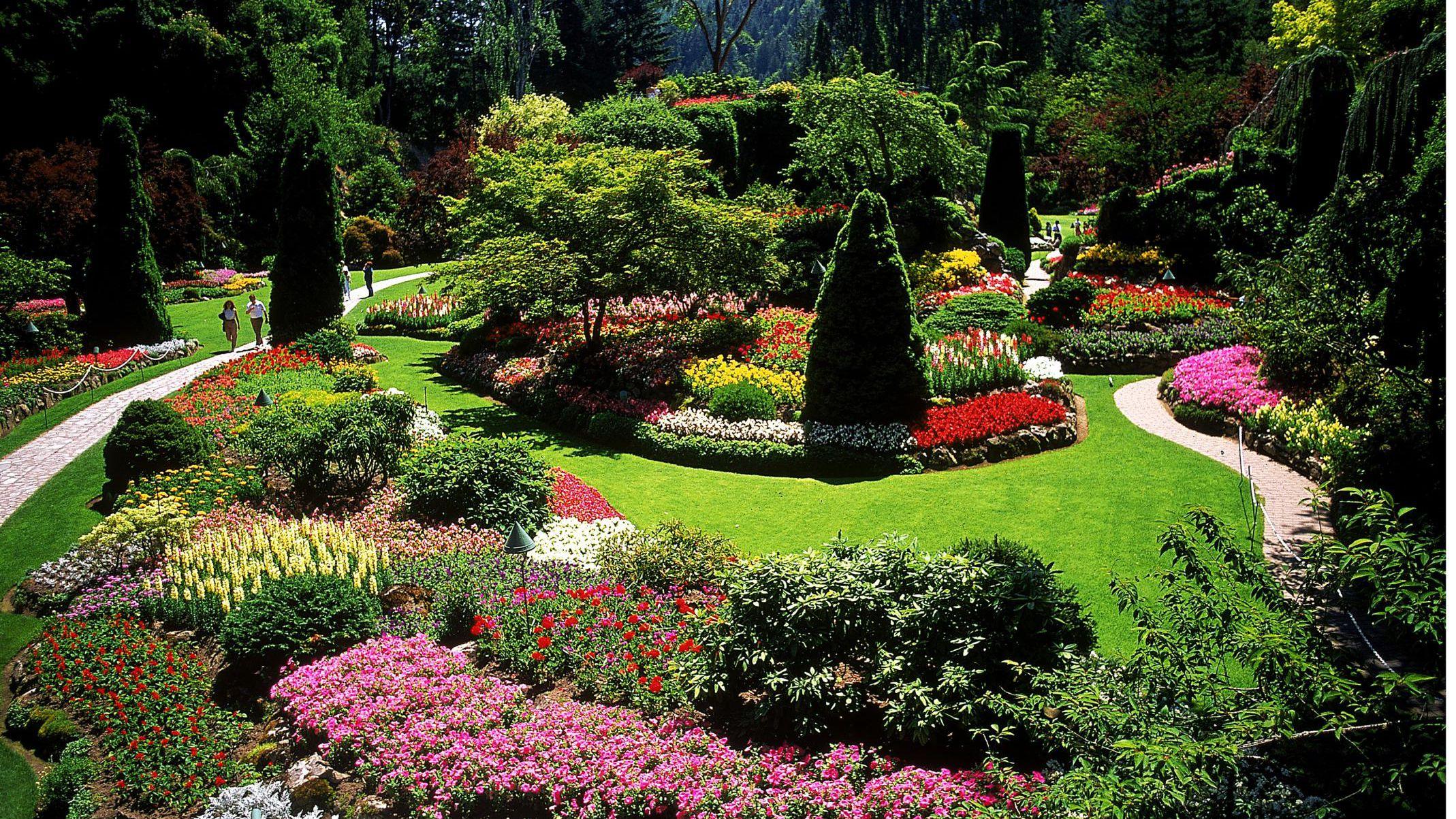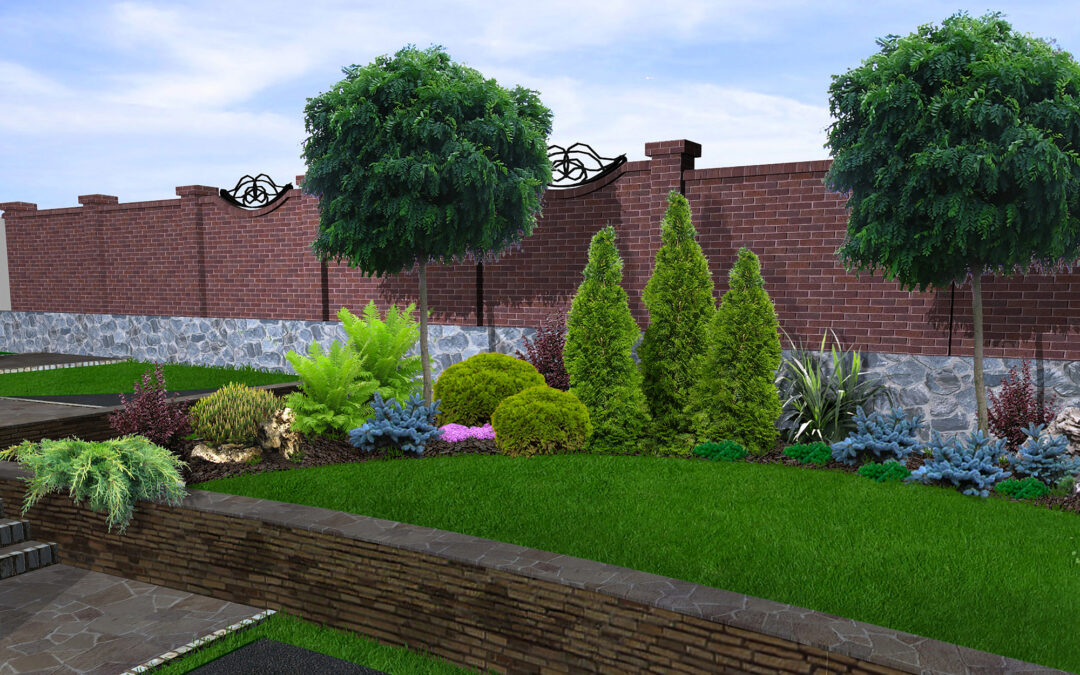Some Known Questions About Landscapers.
Some Known Questions About Landscapers.
Blog Article
About Landscapers
Table of ContentsThe 10-Second Trick For LandscapersThe Best Strategy To Use For LandscapersNot known Facts About LandscapersNot known Facts About LandscapersAll About Landscapers
In the PNW there are semi-deciduous or semi-evergreen plants that might lose their fallen leaves depending on exactly how chilly the winter is. - A level gathering area, made of wood or composite product (made to look like wood), usually adjacent or affixed to a framework.

- Granite that is weathered to the point that it is an extremely fine aggregate. This is a natural process, and the result can be utilized for paths and patio areas. Decayed granite is often referred to as DG. It is specifically useful in modern landscapes. - Trick landscape features being proposed in a landscape design plan.
Getting My Landscapers To Work
These objectives direct the design procedure, not the developer's style or preferences. Common design objectives in Portland are reduced upkeep, dry spell forgiving, and pet pleasant. - Refine for removing or thinning the dead lower degree of a mature yard. Thatch is turf that has died and gathered listed below the eco-friendly blades.
Over time this layer can get very thick and make it hard for water, sun, and nutrients to get to portions of the lawn.- The process of accumulating and regulating the circulation of water on a home. This can be done with grading, French drains, dry wells, permeable surface areas, sump pump, rainfall yards, and a lot more.
Quality at the base of hillsides, with natural springtimes, or loaded with heavy clay have the most drainage problems.- A slow-moving feeding irrigation system that utilizes flexible tubes and emitters to send out a specific quantity of water per plant. This is one of the most efficient approach of irrigating plants. - The capability of a plant to endure without much summer water.
- A yard feature where water is represented by an aggregate rock item, usually a gravel or granite.- A stone or flagstone outdoor patio, course, or walkway developed without a concrete base.
The Only Guide to Landscapers
- A stone maintaining or complimentary standing wall constructed without using mortar. A very skilled mason is needed for a completely dry pile rock wall surface. A lot of walls in Portland are moist stacked, even if they seem. - An underground structure that gather water and enables it to slow down percolate into the dirt around it.
Landscape design that works with that site a sites' environment in both look and sustainability without negative impacts to the setting. Bordering in the landscape is a line of demarcation that produces aesthetic interest in the garden by separating one section from another sector. This can be aesthetic or practical, maintaining one element (such as pea crushed rock) from getting blended right into an additional (like bark dust).
Areas can additionally have a sensation of "unit" given by trees, other plantings, fencings, or screens. The landscape near the entry to a structure. A tree, hedge or creeping plant, trained to grow on a wall surface or fencing into a details pattern. Especially valuable for fruit trees, making it very easy to harvest the fruit and consisting of mess.
A plant that is not indigenous to the location where it will be planted. Thicker bladed lawn grass that spread through rhizomes.: The degree of dirt on your home prior to bark dirt or garden compost is spread out.
7 Simple Techniques For Landscapers

The objective, factor, or action that an area is be landscaped for. Staircases function, for instance, to More Help enable foot traffic up and down an incline. Area for expanding plants for seeing, eating, or exercise. A roofed building utilized over an outside gathering room. The growing of a seed, maybe describing a grass that is being grown from seed.
Rock item, either rounded or fractured, that is relatively little- normally 1" or less. Low plants that are allowed or motivated to top a location. Can refer to any kind of "tough" yard elements including statuary or rocks however many generally is used to describe paths, patios, and walls.: Elevation distinction between the level of water in a pond (or the level of the pump if it rests outside the fish pond) Recommended Site and the top electrical outlet of water which influences performance of the water pump in gph (gallons per hour). Thick shrubs or trees that create a fencing, screen, or boundary.

Landscapers - Truths
Standard PNW landscapes are casual. A plant that spreads out even more than desired, or right into habitats where it does damage.
Can include head placements and insurance coverage, pipe sizing, GPM specifications, and materials needed to install this system. Accredited specialist that creates landscapes, schooled in design and design as well as in cultivation.
The expert who plans and establishes landscape jobs, normally at a property or small industrial level with the significant style catalyst on plantings. Landscape developers commonly have less schooling than Landscape Architects and are not certified. A finished landscape layout, describing all elements for the new landscape. This normally takes the form of a drawing theoretically.
Calcium product made use of to increase the pH in dirt, which will certainly make it much less friendly to moss. A water limited HDPE product made use of underneath ponds, streams and waterfalls in water features. Making use of many growings of the very same range to fill out a location in the landscape. This can decrease upkeep and water use in the yard.
Report this page